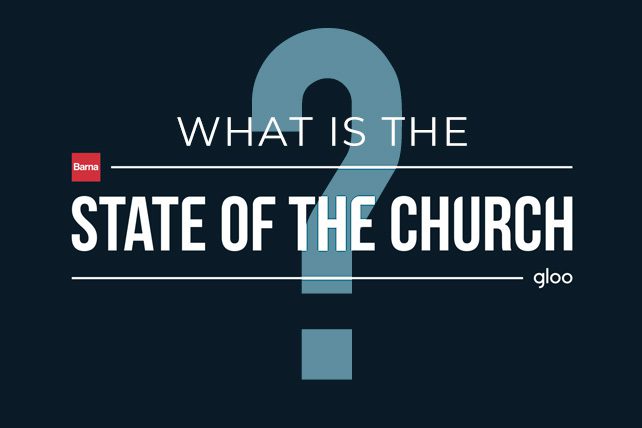Summary of Trends
| Trend | Data & Insight |
|---|---|
| Decline in Practicing Christians | From 45% (2000) to 25% (~2019) |
| Rise of Personal Commitment to Jesus | 66% in 2025, up from 54% in 2021 |
| Youth-Driven | Gen Z men +15 ppt, Millennials +19 ppt since 2019 |
| Non‑Christians Committed to Jesus | ~30% of non‑Christians |
| Gen Z Emotional Distress | Uncertainty/anxiety 39%, loneliness/isolation high |
| Small Groups Improve Community | +40 ppt in community and calling outcomes |
| Intergenerational Gap | Only 19% churches promote it, yet 77% older adults want it |
| Pastor Burnout & Gaps | Under-44 lead more burnout; 45% feel ill-equipped on politics |
Moving Forward: Application & Hope
-
Leverage Youth Engagement: The rising commitment to Jesus among Gen Z/Millennials is fertile ground—especially addressing their emotional anxiety through faith-integrated support.
-
Enhance Small-Group Discipleship: Prioritize relational, purpose-filled groups that deepen belonging and calling.
-
Build Intergenerational Bridges: Activate older adults’ desire for mentoring; nurture cross-generational bonds.
-
Support Pastors under Pressure: Provide resources for burnout prevention, leadership development, and navigating politicized context.
-
Measure What Matters: Move beyond attendance to the deeper flourishing and thriving indicators via ChurchPulse and dashboards.
Barna’s State of the Church reveals two contrasting realities: a decline in institutional participation (attendance, practicing Christian identity), but a surprising rise in personal, often non-institutional, commitment to Jesus—driven by younger generations. Alongside, there exist deep relational and emotional needs (esp. in Gen Z), and genuine pastoral strain. Yet, within these challenges lie strategic opportunities for churches to foster meaningful discipleship, intergenerational mentorship, clergy health, and thriving metrics-driven ministry.
Barna’s frameworks—covering 7 human flourishing and 15 church thriving dimensions—empower church leaders to not just track data, but to strategically foster holistic spiritual renewal in a rapidly changing context.
Barna’s research invites churches to embrace hopeful realism—acknowledging decline in old forms, but rallying around personal faith, relational depth, well-being, and data-informed mission.

